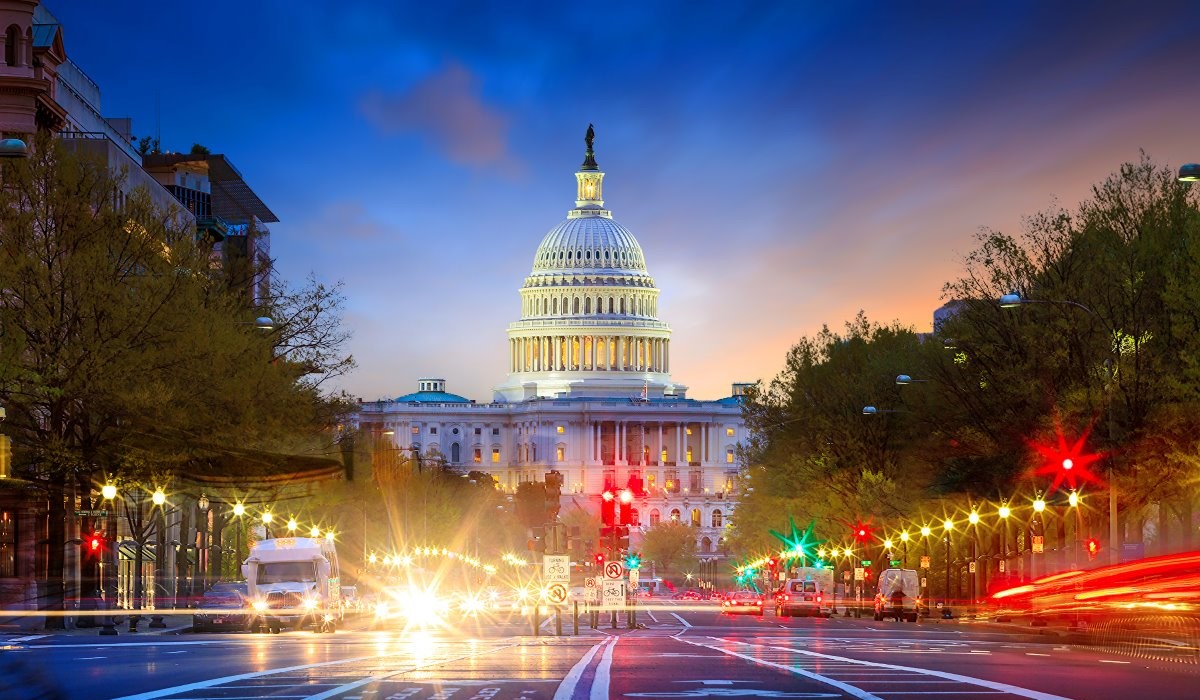The U.S. Department of Housing and Urban Development (HUD) on Thursday detailed a series of actions and initiatives it has undertaken to bolster climate resiliency while supporting green housing initiatives that stem from Inflation Reduction Act funding and recently announced plans to combat the effects of extreme heat.
HUD highlighted actions taken to advance climate resiliency, energy efficiency, carbon reduction, environmental justice considerations and interagency partnerships to address these issues for communities.
In addition to this week’s heat-related announcement, HUD in February published 11 standalone briefs that “highlight key strategies and resources for equitable resilience.” The department said it aims to alert communities about important elements of post-disaster resilience that research has shown are often overlooked or less understood in the immediate wake of a disaster.
HUD also published guides designed to assist with mobility improvements and decarbonization of existing transportation systems. It developed the Pre-Disaster Housing Planning Initiative (PDHI) in conjunction with the Federal Emergency Management Agency (FEMA) and launched a website on tribal climate resilience and adaptation to assist Native American communities with practices that are specific to the challenges these communities may face.
This week, HUD also announced a partnership with the U.S. Department of Agriculture (USDA) in which both agencies have adopted updated minimum energy standards.
These standards are designed to “improve resident health and comfort, increase resilience of both single and multifamily homes, reduce carbon emissions for new construction, and yield significant cost savings for residents,” HUD stated.
Last month, HUD surpassed 50% of funding disbursements for its Green and Resilient Retrofit Program (GRRP) established by the Inflation Reduction Act of 2021.
“As of today, approximately $550 million is going to 109 qualified HUD-assisted multifamily properties to decrease energy and water consumption, reduce emissions, and improve climate resilience,” the department said.
In February, HUD also announced new agreements with the Environmental Protection Agency (EPA), the U.S. Department of Health and Human Services (HHS) and the Centers for Disease Control and Prevention (CDC) to manage dangerous exposures to lead.
HUD acting secretary Adrianne Todman traveled this week to Philadelphia to highlight green investments in affordable housing, marking the department’s partnership with the Philadelphia Housing Authority as well as broader green housing initiatives undertaken by the federal government.
“We know that as our country invests in sustainable housing, low-income and disadvantaged communities are often left behind,” Todman said in prepared remarks. “Under this administration, we have invested billions to ensure that affordable housing is similarly efficient, resilient, and sustainable.”












 English (US) ·
English (US) ·